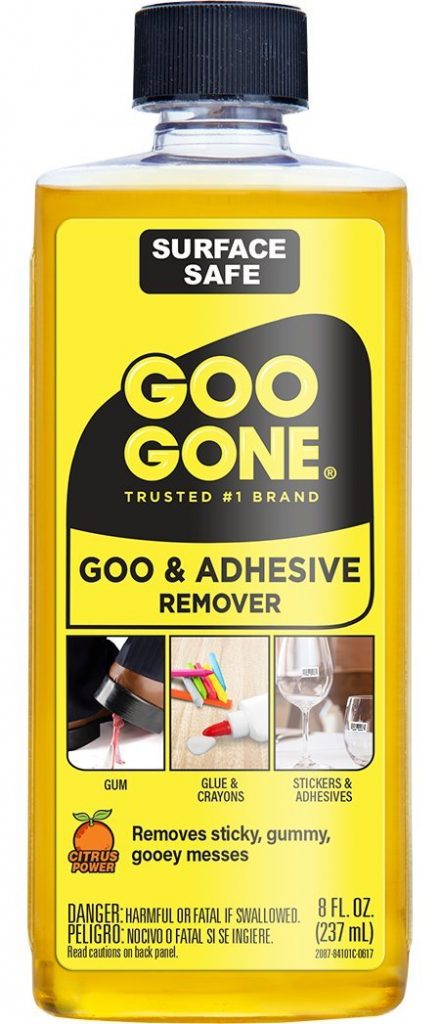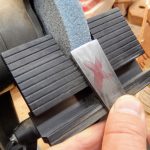We may receive a commission when you use our affiliate links. However, this does not impact our recommendations.
 Every little bit helps when trying to keep your shop and tools clean. That’s why we’ve compiled some of our favorite tips all in one place.
Every little bit helps when trying to keep your shop and tools clean. That’s why we’ve compiled some of our favorite tips all in one place.
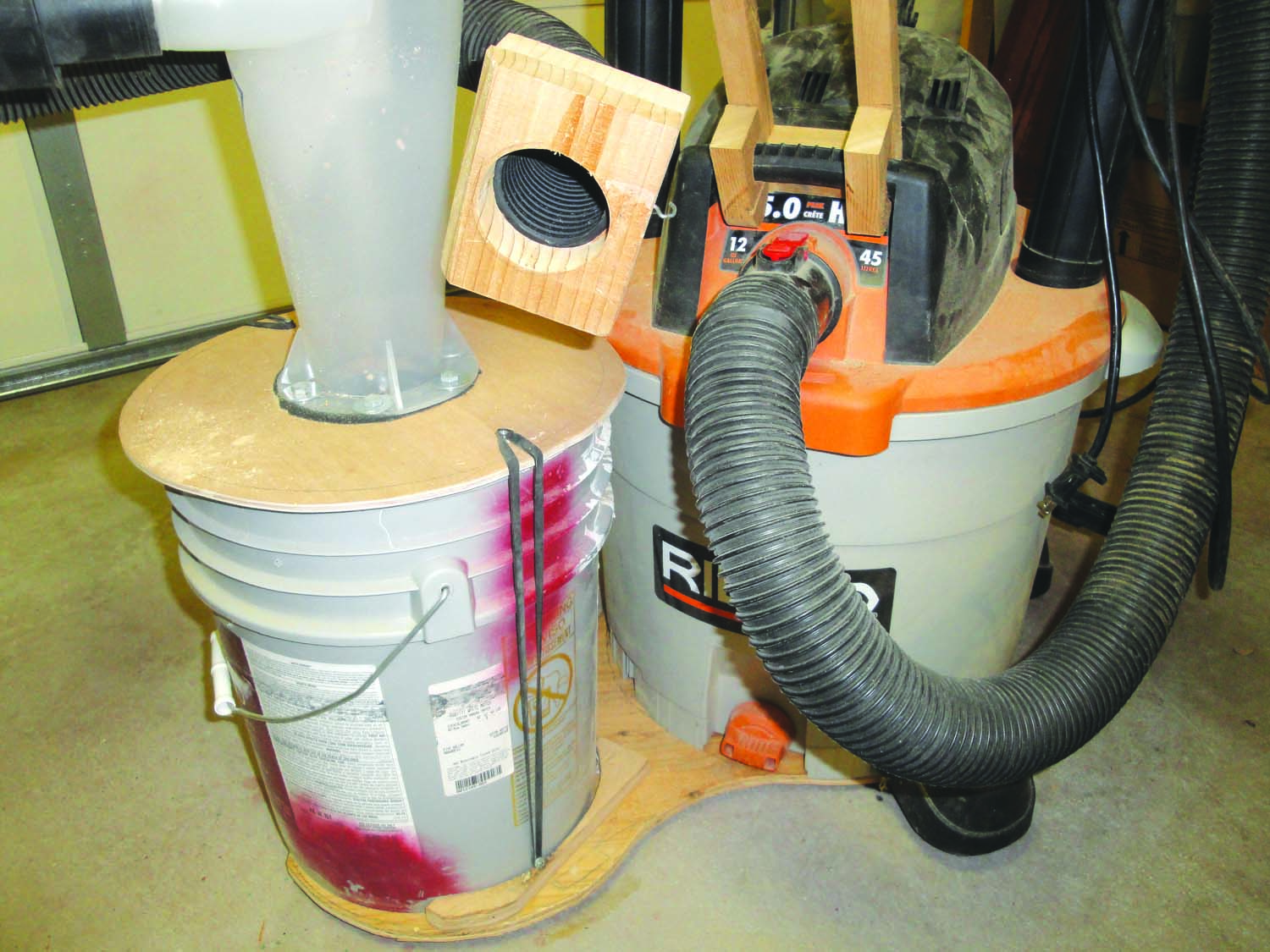 Mobile Suction
Mobile Suction
My dust collector, though pieced-together, is the perfect solution for my one-car garage shop. I use a cyclone separator and 5-gallon bucket in conjunction with my shop vacuum. For easy mobility, I combined the two units on one 1/2″ thick plywood platform.
To fasten the platform to my vacuum, I removed one of my vacuum’s casters, and just screwed it on from the inside of the vacuum. Part of the base extends out to support the 5 gallon bucket and cyclone separator.
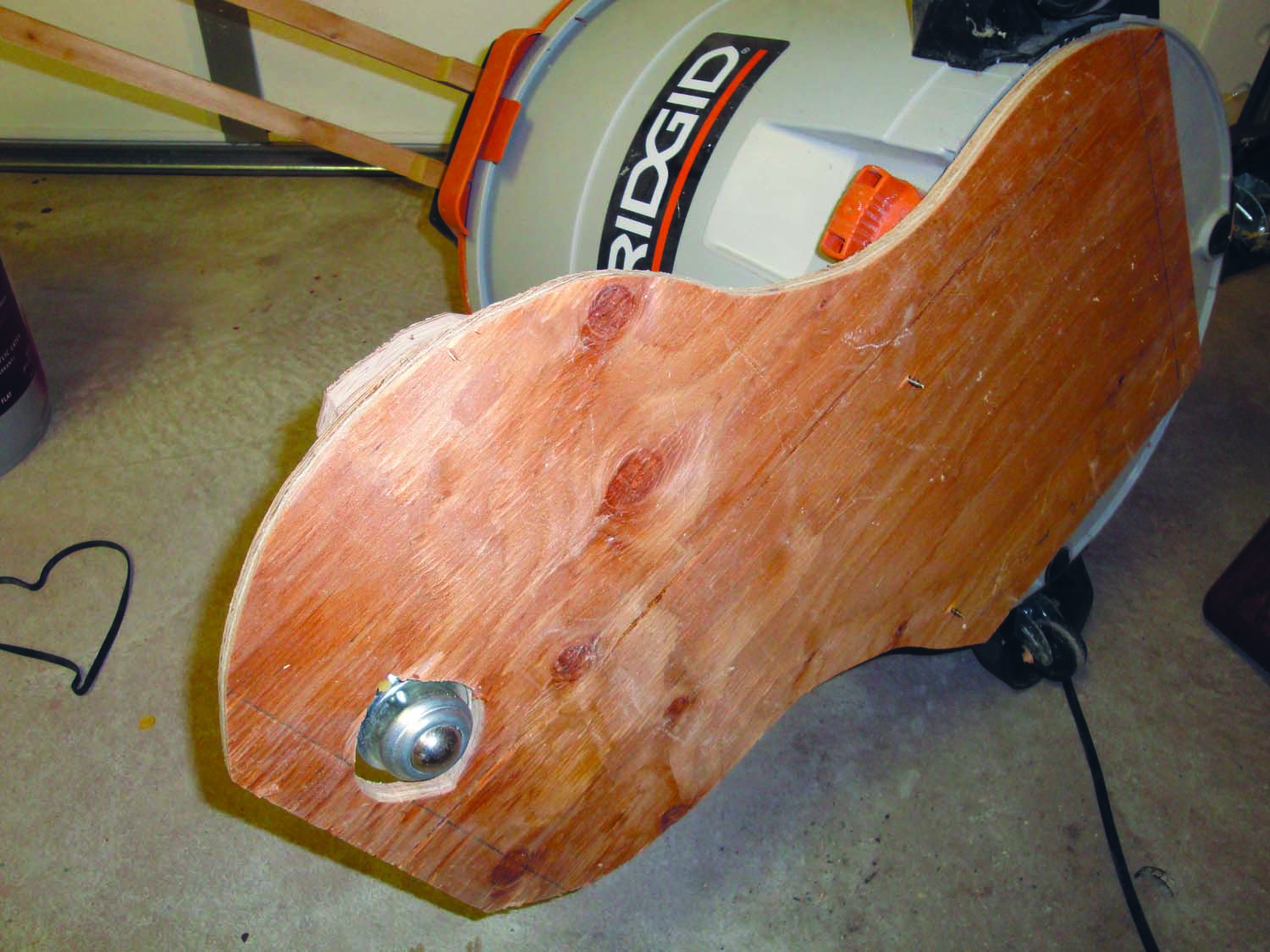 I found a ball caster that was the right height, and fastened that to the underside of the platform’s extension. The wooden block on the hose’s end makes it easy to slip the hose onto the tool’s dust port. -Marvin Peterson
I found a ball caster that was the right height, and fastened that to the underside of the platform’s extension. The wooden block on the hose’s end makes it easy to slip the hose onto the tool’s dust port. -Marvin Peterson

Bench Cleanup
When my bench’s tool tray fills up with sawdust and hardware, I’ve found that the easiest way to clean it is to use a vacuum. To keep the hardware from going into the vacuum, I cover its nozzle with a washing machine lint trap.
Lint traps are made for washing machine drain hoses and are available pretty much anywhere you buy laundry detergent. -Gary Pardo Sr.
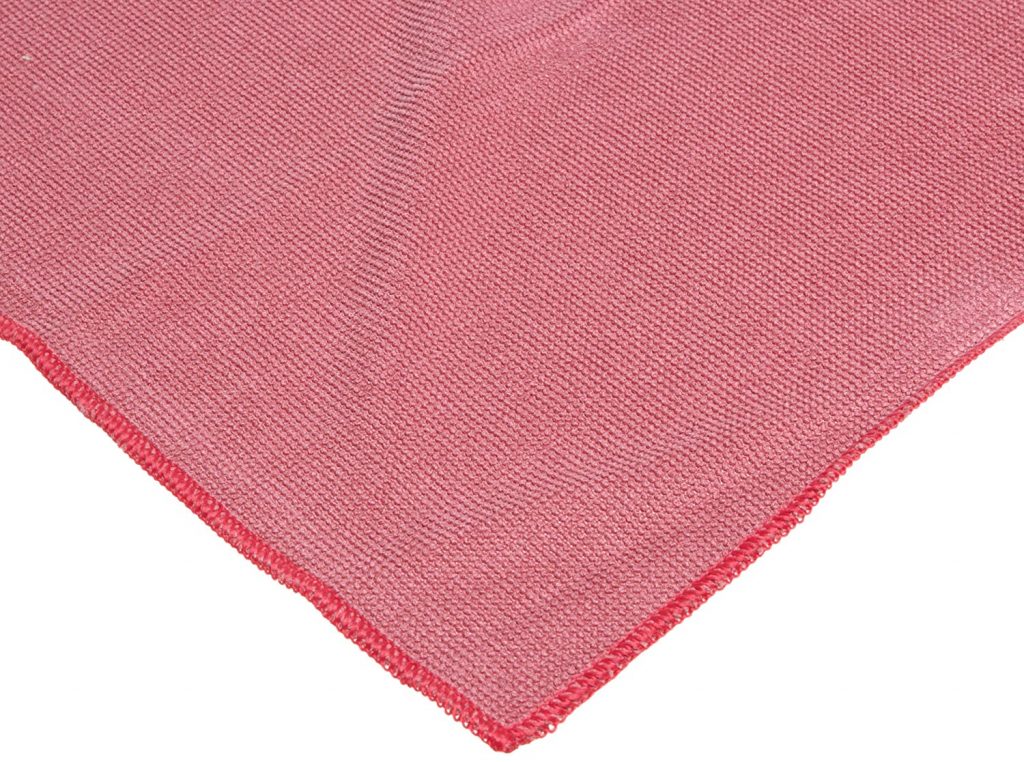 Reusable Tack Cloth
Reusable Tack Cloth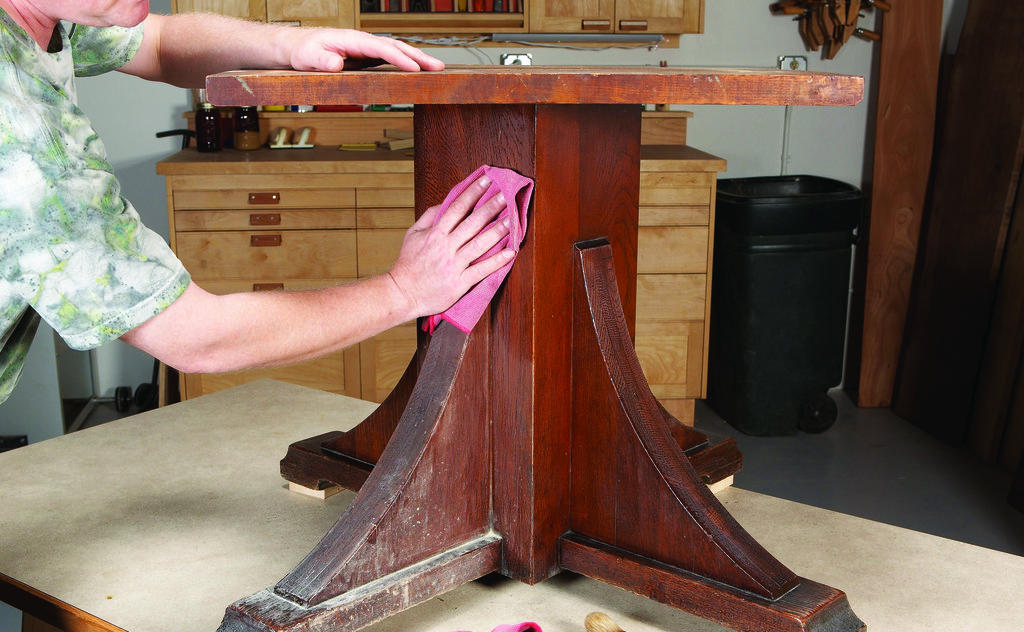
Microfiber cloth picks up tiny dust particles as well as, if not better than, a tack cloth. Unlike a tack cloth, microfiber cloths are washable and reusable. Norton sells a microfiber finishing cloth for $8, but any microfiber cloth will work as long as it has hemmed edges.—Kevin Southwick
Clean Your Disk Sander
Here’s a quick way to get rid of the globs of adhesive that remain on the surface of your disc sander after you remove worn out abrasive sheets. Goo Gone (available at hardware stores and home centers) attacks this problem like nobody’s business. Goo Gone is citrus based, so it’s not as harsh as paint solvents.
Remove the disc sander’s table and lower guard or dust shroud. If you can, tilt your sander so the disc is horizontal. Squirt some Goo Gone on the disc and let it soak for a few minutes. Then scrub the disc with a small fine-bristle wire brush. When the adhesive residue is all dissolved, wipe it off the disc with paper towels. Clean the disc with water to remove any remaining Goo Gone solution and dry the disc.
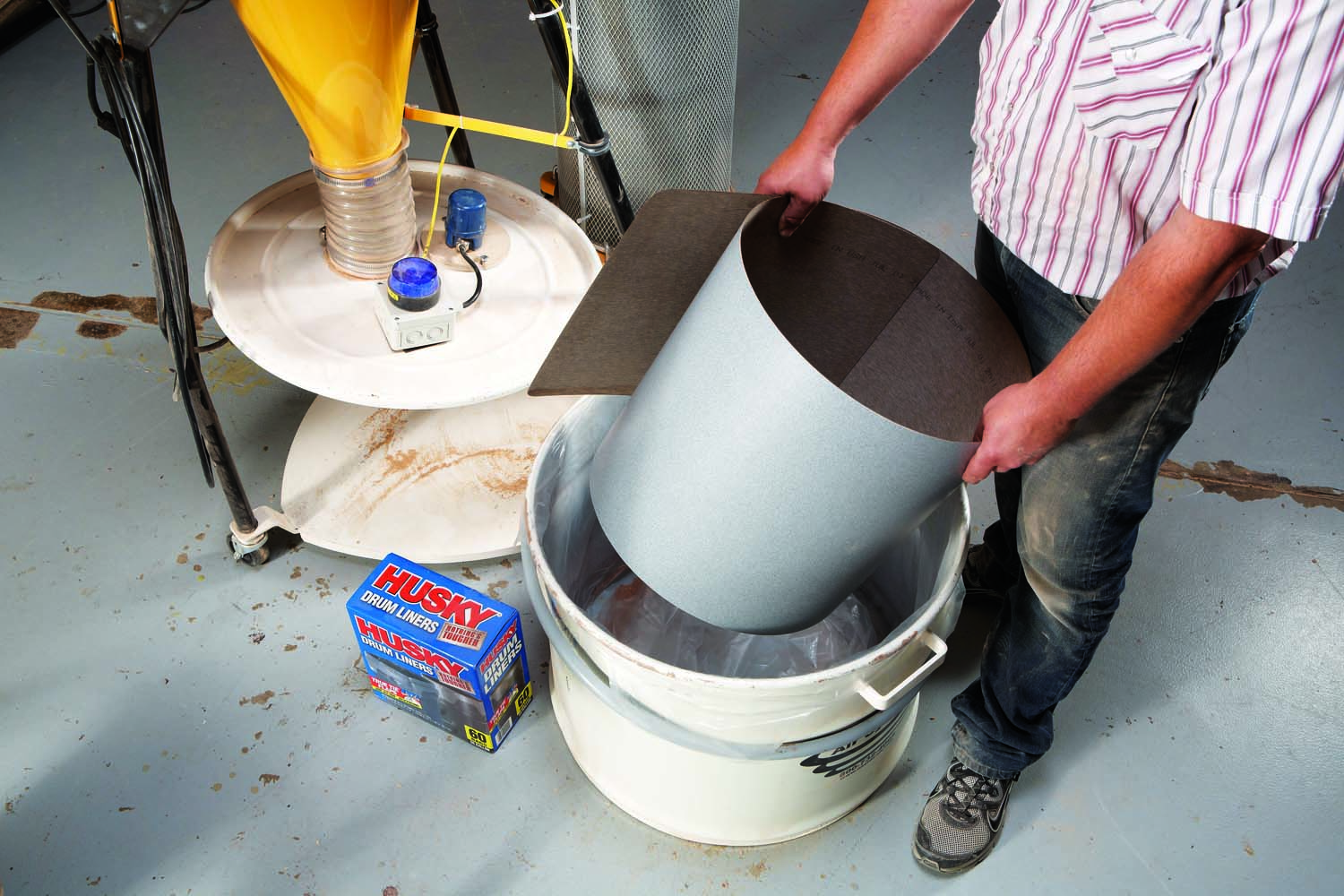 Bag Liner
Bag Liner
If you use a cyclone dust collector, you’ve no doubt struggled with emptying the barrel. When it’s filled with dust, it’s really heavy, not to mention the face full of dust you get when you dump it out. The answer is to line the barrel with a trash bag; simple, right? Not exactly.
See, when the bag is empty, it gets sucked up into the exhaust stack of the collector. I’ve tried putting a weight in the bottom of the bag, but then I have to either dig it out when the bag is full, or throw it away with the sawdust.
My solution is to cut a piece of plastic laminate to fit the height and circumference of the barrel. It doesn’t need to be perfect. Close is good enough. Round all the corners so it doesn’t tear the bag.
After you install the bag, just slip the laminate inside the bag. It holds the bag in place, and doesn’t take up any appreciable space. When the bag is full, you just lift the laminate out. –Richard Tendick
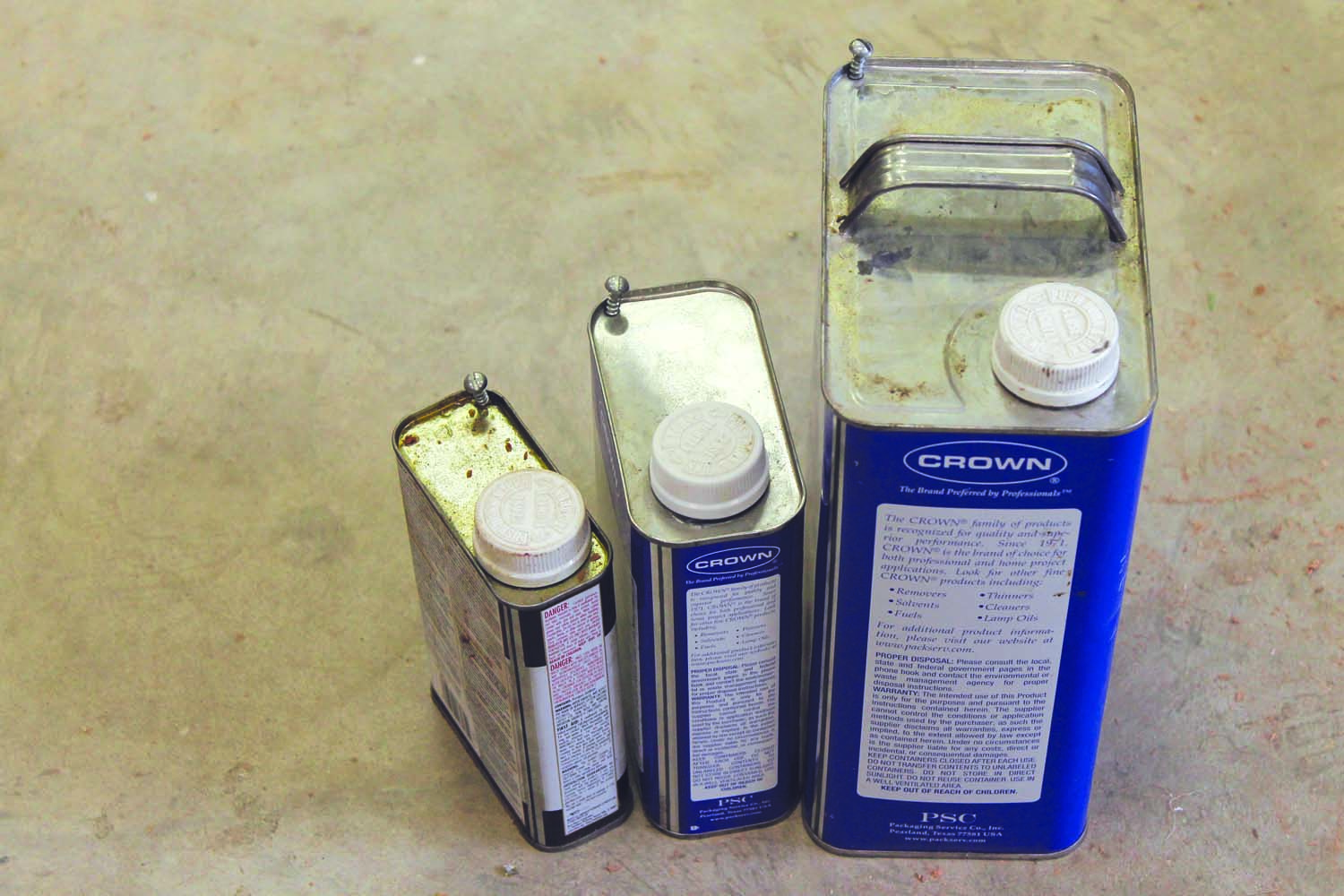
Easy-Pour Cans
Pouring solvents or finishes from cans like this one can be messy; if you pour the wrong way, the contents comes out in big “gulps” because air can’t get in fast enough to replace the fluid that’s coming out. If you pour the right way, tipping the can sideways with the hole at the top, you still end up with a pool of solvent on the top of the can.To keep the can’s top clean and avoid the gulping effect, I punch a small hole opposite the pouring cap and thread a #10 X 3/4″ sheet metal screw into it. The small hole allows enough air to enter the can, so I can pour with the spout close to the container that I’m pouring into, also avoiding the messy top.
When I need to pour, I remove the screw. When I’m done pouring, I screw it back in to seal the container and keep the liquid from evaporating. –Joe Duxbury
Here are some supplies and tools we find essential in our everyday work around the shop. We may receive a commission from sales referred by our links; however, we have carefully selected these products for their usefulness and quality.



